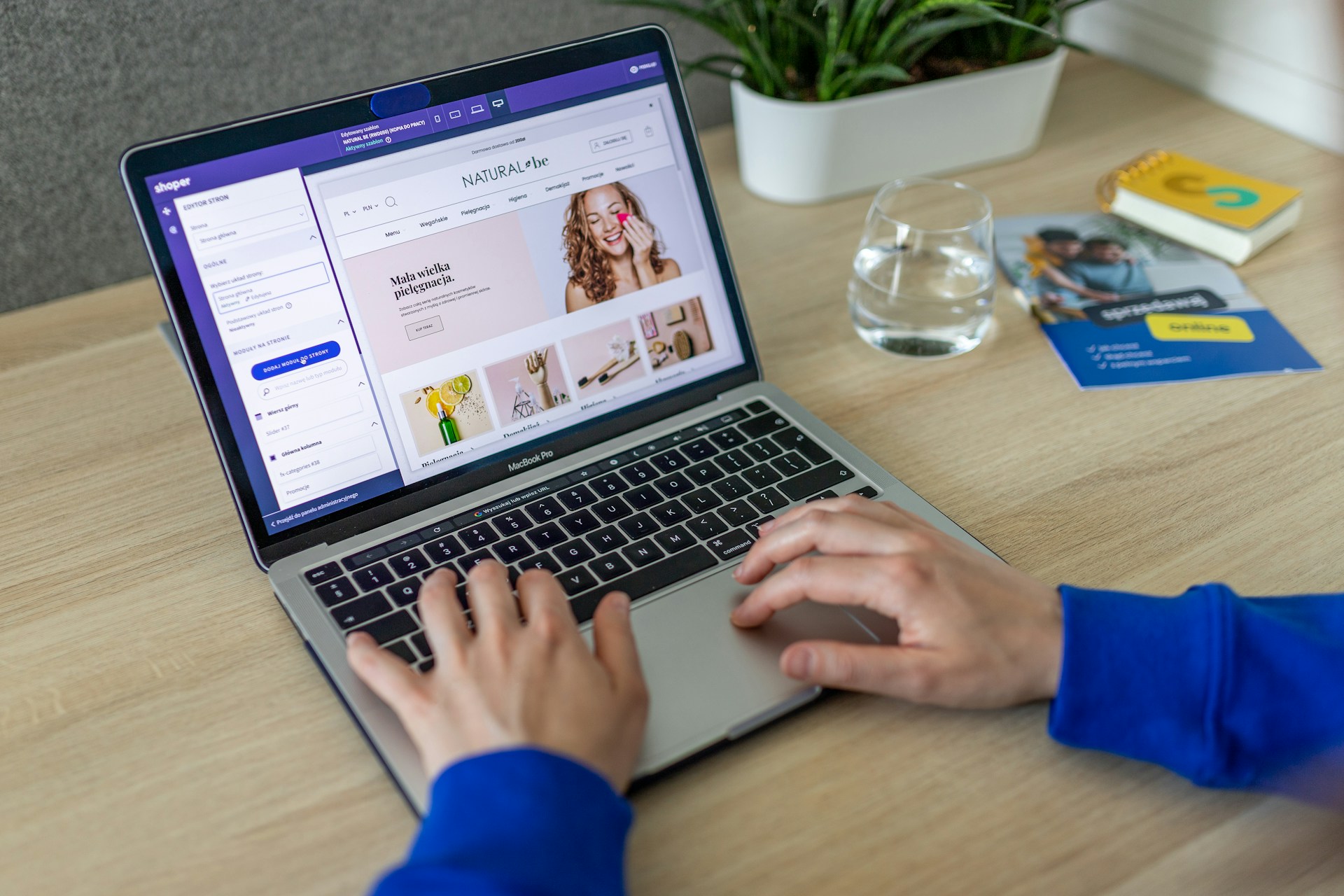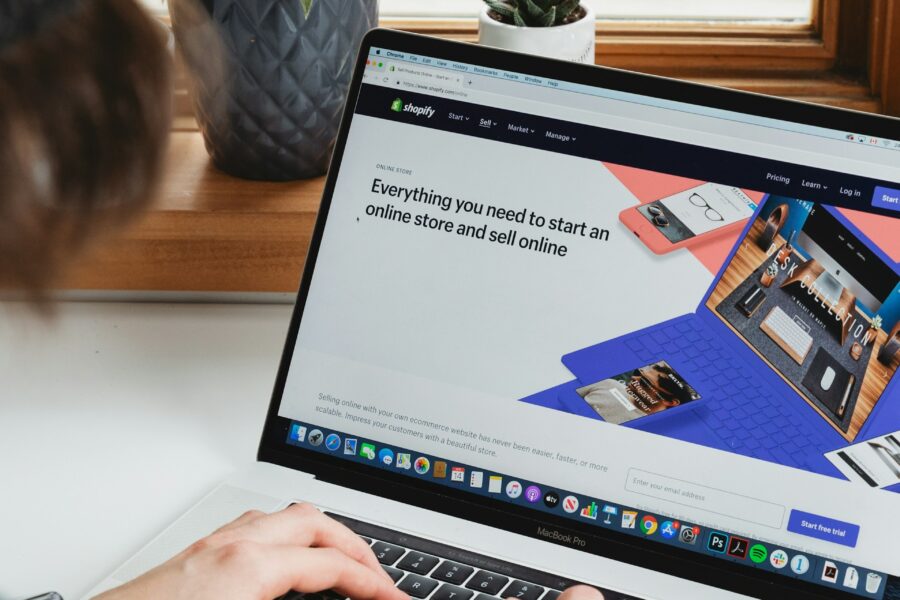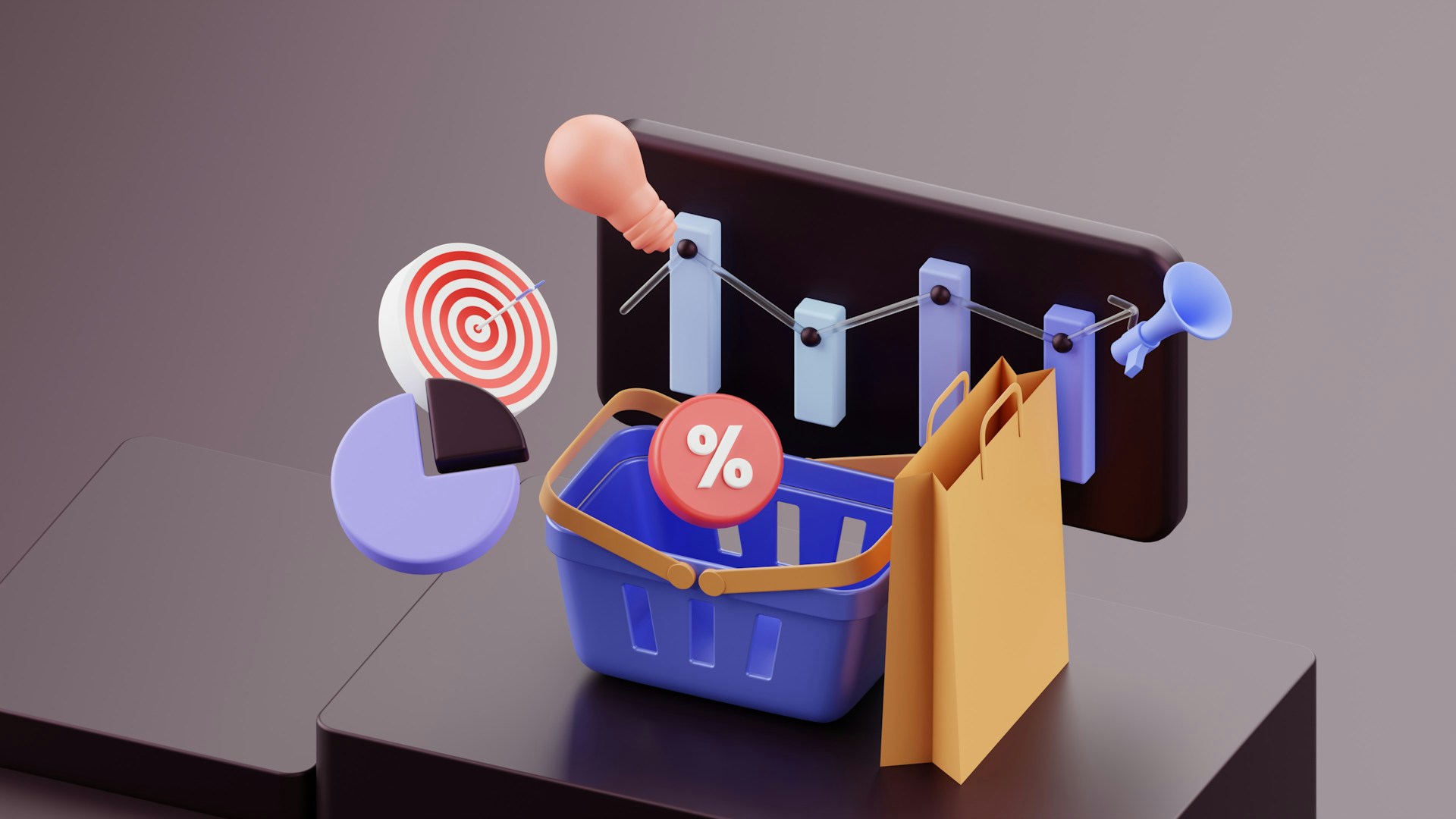The client is a large e-commerce store that sells clothes. As the business grew, they realised that they needed a more robust e-commerce platform to handle the increasing order of sales and orders.
The client reached out to us with the request to switch to Shopify. It was chosen for its easy-to-use interface and powerful e-commerce features, giving the possibility to create a user-friendly online store that showcases the client’s products and brand. The other need was to develop a fast-performing cross-platform application integrated with the Shopify store.
As the client needed to expand their business, there was a need to create a Shopify-based website, that will have a dedicated homepage and discreet pages for goods categories. The store should be integrated with different payment systems and shipping methods via APIs, and have a custom responsive design.

The mobile app aimed to enhance functionality, attract more clients, and provide a personalized user experience by achieving the following goals and addressing key challenges:
To address the challenges of creating a Shopify store, we developed a comprehensive plan and implemented the following solutions:
As the number of mobile users of Shopify grows, the decision was taken to develop a custom application and integrate it with the store. There were two options for building a mobile app: to use a public app available from the Shopify App Store or to build a custom app exclusively for the client’s store.
The second option was chosen because of the possibilities to add features to the Shopify admin, access the store’s data directly using Shopify’s APIs, and extend the store to other platforms using the Storefront APIs.
To ensure that the application can run on multiple platforms using a single codebase, we’ve chosen a cross-platform app development approach with React Native. It also helped to reduce development time and costs. The Shopify API scopes were used to determine which parts of the store the custom app can access. The app has integrated both Admin API scopes and Storefront API scopes.
were implemented to interact with the Shopify store. They provide access to a wide range of data, including products, orders, customers, and more.
PayPal, Stripe, and Authorize.net. The list of payment gateways is not complete yet. There is always a possibility to add some more of them at the request of customers.
were implemented to integrate shipping functionality into the app.
were integrated to add social media functionality into the Shopify store and app. We’ve used Facebook, Instagram, and Twitter APIs. This allowed us to add authorization via the social media option.

Security Measures
Security and trust are important aspects for both our client and their customers. To protect the merchant from spam, we implemented a captcha on customer, contact, and comment forms.
To prove that the store is secure, we’ve implemented Shopify’s security badges that can be linked to the documentation on PCI (Payment Card Industry) standard compliance. We’ve also added a cookie compliance banner to give customers control over how their cookies are tracked.
For secure user authorisation and authentication, we’ve implemented two-factor authentication with a fingerprint or a one-time code sent via SMS. All the user data is encrypted, and the role-based access control is implemented to ensure that users only have access to the parts of the application that they are authorised to use. This prevents unauthorised access to sensitive data and functionality.

As a result, the client got a custom e-commerce store built on the Shopify platform, which allows them to expand the geography of sales to other countries. Integrated payment and shipment options ensure better customer satisfaction thus helping to increase average order volume.
The cross-platform mobile application is available on Android and iOS devices. Considering the growing interest in mobile shopping applications in comparison to e-commerce websites, an app integrated with the client’s store helped to improve visitor engagement, add a personalized user experience and increase the conversion rate. The possibility of creating a personal account in the app encouraged more visitors to turn into returning customers.
6 months for the MVP